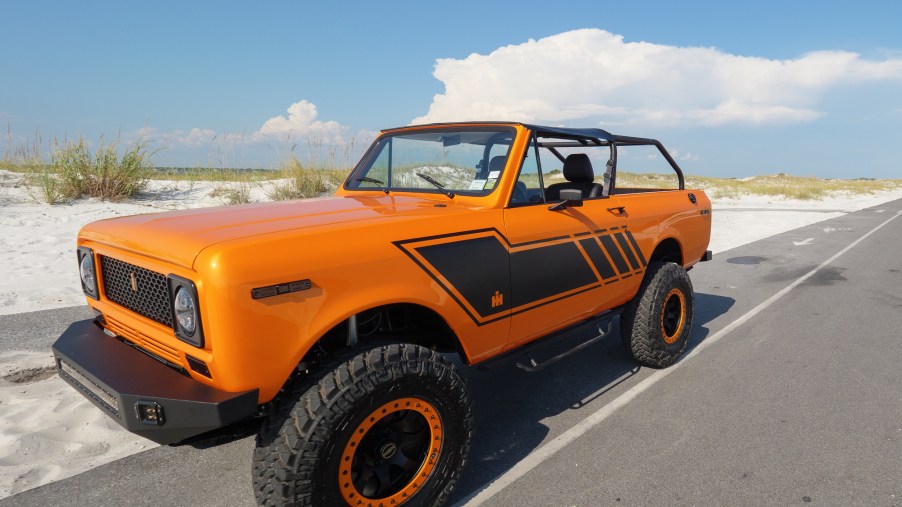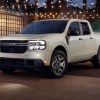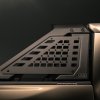
The First Light-Duty Diesel Truck Wasn’t Made by Ford, Chevy, or Dodge
It’s hard to imagine that around 80 percent of America’s largest companies from the mid-20th century vanished decades ago. We’re talking about huge companies that employed tens of thousands of people for decades. Some of them became household names due to their innovations. Among the fallen giants was International Harvester, a company that transformed agriculture in the United States.
It was the nation’s fourth-largest industrial firm, larger than even General Motors, Ford, and General Electric. Of its many innovations, it produced the first light-duty diesel truck.
Cyrus Hall McCormick: From the mechanical reaper to farm trucks
Long before Henry Ford was born, the founder of International Harvester Company, Cyrus Hall McCormick, had invented the mechanical reaper. A non-mechanical reaper is a farm tool that cuts and gathers crops such as wheat. McCormick’s father, Robert, and other engineers invented a mechanical reaper in the mid-1830s. McCormick patented the McCormick Reaper, a horse-drawn mechanical reaper, in 1834. However, the Panic of 1837, a major financial crisis that resulted in a depression, forced McCormick into bankruptcy.
As the economy recovered in the mid-1840s, McCormick improved his farming machines, expanded his factories, and invented additional agricultural equipment. He and his brothers developed the industry’s best marketing and distribution operation, with over 10,000 merchants, American Business History reports. In the 1890s, IH merged with several smaller companies, forming the International Harvester Company (IHC). During that time, IHC dominated approximately 85 percent of the nation’s harvesting equipment market share.
At this point, McCormick began producing embryonic gasoline-engine tractors, farm trucks, and then diesel highway trucks. This expansion into diesel trucks coincided with diesel fuel’s invention in 1892, the U.S. Energy Information Administration reports. Measured by assets, IHC became the nation’s fourth-largest industrial company by the early 1900s.
The International Harvester’s line of light-duty diesel trucks
The company produced International Light Line pickups from the A-Series through the D-Series. Production of the International Light Line D-Series pickups halted in 1975 so IHC could concentrate on its International Harvester Scout, an off-road two-door vehicle. The Scout came in rear-wheel-drive and all-wheel-drive formats. Beyond being an SUV-style vehicle, the Scout also came as a full-length-roof, half-cab pickup. With a manufacturing plant in Fort Wayne, Indiana, the final Scout rolled off the assembly line in 1980.
IHC then introduced its C1100-1300 light-duty trucks with factory-installed diesel engines in 1960 for the 1961 model year, Diesel World reports. The C-Line trucks had replaced the previous B-Line trucks, adding numerous mechanical and technological updates. International Harvester’s Travelall, a full-size SUV, forced IHC to design a more consumer-friendly C-Line pickup.
During the final design phase in 1959, the truck manufacturer decided that adding a diesel engine to the options list would put it in a league of its own. Not only that, but IH’s motor truck sales department also recognized a growing “market interest in diesels for medium-duty trucks,” Diesel World notes.
IH C1100-1300 specs
Because IHC had specialized in manufacturing heavy-duty farming tractors for decades, building diesel trucks came naturally. Farm tractors have long held a reputation as rugged powerhouses packing strong diesel engines. By shrinking even half that power into a light-duty diesel-powered truck, IHC gave consumers a vehicle that was not only powerful but also more fuel-efficient. Thermal efficiency is one of the most significant differences between the two technologies. Overall, diesel engines are about 20 percent more thermally efficient than their gas-powered counterparts.
IHC produced four diesel displacements (the cylinder volume swept by all the pistons of a piston engine, except the combustion chambers): two short-strokes at 3.688 inches and two long-strokes at 4.39 inches. Both categories are broken up further with a sleeved-valve 3.69-inch bore and a non-sleeved-valve 3.812-inch bore. The sleeved-valve category comprises the D236 and D282; the non-sleeved-valve category comprises the D252 and D301. The letter “D” stands for “diesel,” while the three digits represent the rounded displacement. IHC also produced four-cylinder diesel variants that included the sleeved-valve D188 and the non-sleeved-valve D201.
IHC announced the sleeved-valve diesel engines in July 1958 for its 1959 farm tractors and heavy equipment. Track-laying vehicles (similar to a crawler) came with a turbocharged DT282 with an optional “high-altitude compensator” turbo kit, Diesel World reports. IHC announced the non-sleeved-valve diesel engines in October 1959. Interestingly, the majority of IHC’s diesel engine parts were interchangeable. Additionally, other than bore size, the sleeved-valve and non-sleeved-valve long blocks were practically indistinguishable.


